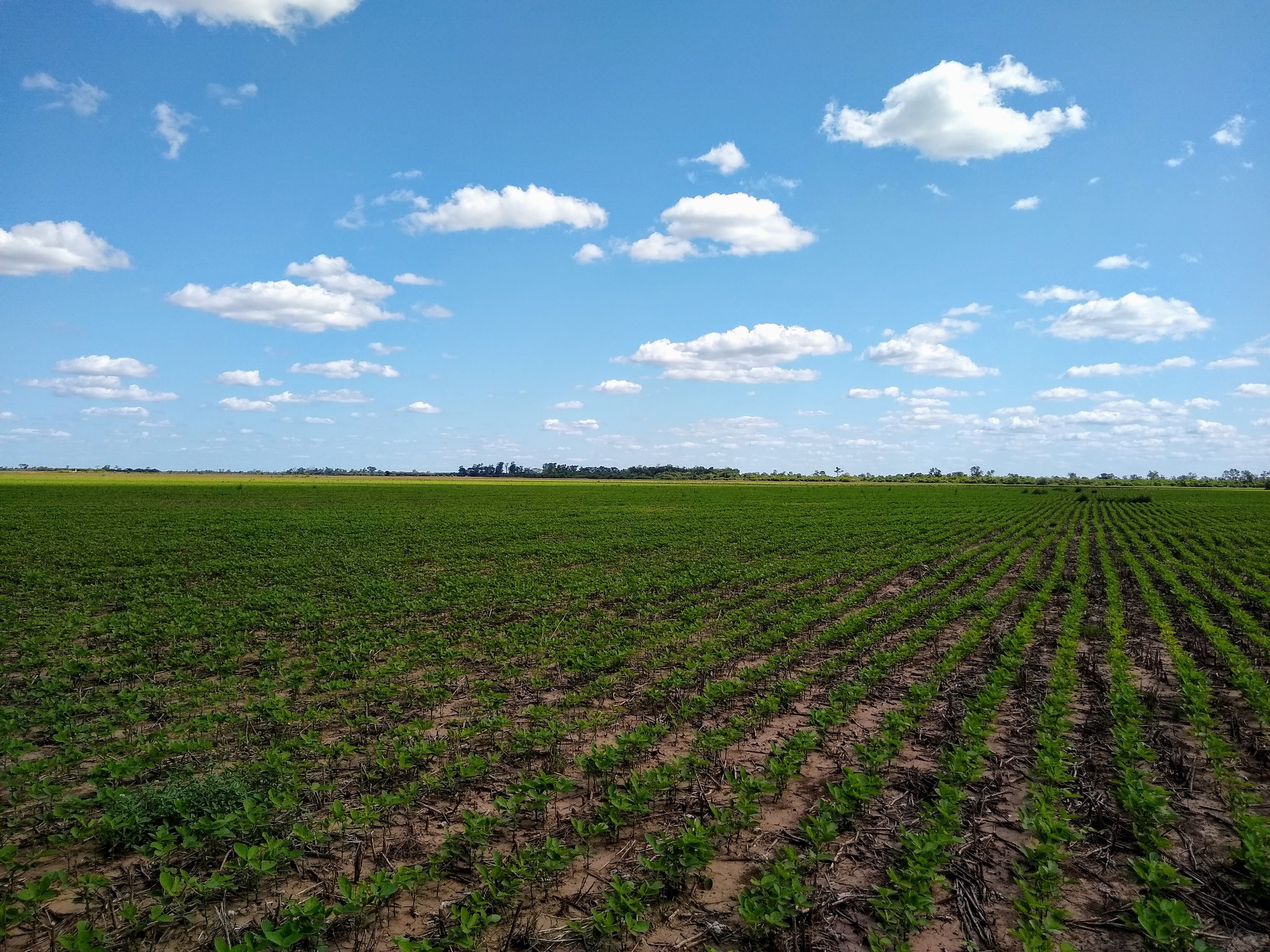Forest compensation program
Forest Compensation Programs: Improving the Design and Regulation to Limit Legal Deforestation and Promote the Restoration of Priority Conservation Areas
START
May 2022
DURATION
20 months
LOCATION
Brazil
STATUS
Complete
More than 100 million hectares of native vegetation located on farms across the country can be legally converted to anthropic activities. Flaws in the registry of Authorizations for the Suppression of Vegetation (ASVs), however, compromise the enforcement of legal deforestation norms in the country. The finding is part of a study done by the Climate Policy Initiative/PUC-Rio (CPI/PUC-Rio) with the Fund’s support, which outlines recommendations for improving the management, monitoring, and control of legal deforestation in the Matopiba agricultural frontier located in the states of Maranhão, Tocantins, Piauí and Bahia.
In its report "Innovative Mechanisms for Implementing Forest Replenishment in Matopiba", the CPI/PUC-Rio provides an initial analysis of state environmental funds and the financial and non-financial instruments used to do forest replenishment, while pointing out opportunities and challenges to improve forest replenishment standards. The institution’s Policy Brief identifies deficiencies in online monitoring systems and analyzes the challenges of integrating more data to monitor the issuance of ASVs.
The analyses are part of a wide-ranging study on legal deforestation in the country and the efficient use of the replenishment mechanism, which is available on the Legal Deforestation and Forest Replenishment/Compensation Governance Platform. The recommendations outlined in the study are vital if Brazil is to meet the goal of zero deforestation by 2030 set out in the fourth phase of its Action Plan for the Prevention and Control of Deforestation in the Cerrado Biome (PPCerrado), published in November 2023 by the federal government.
















